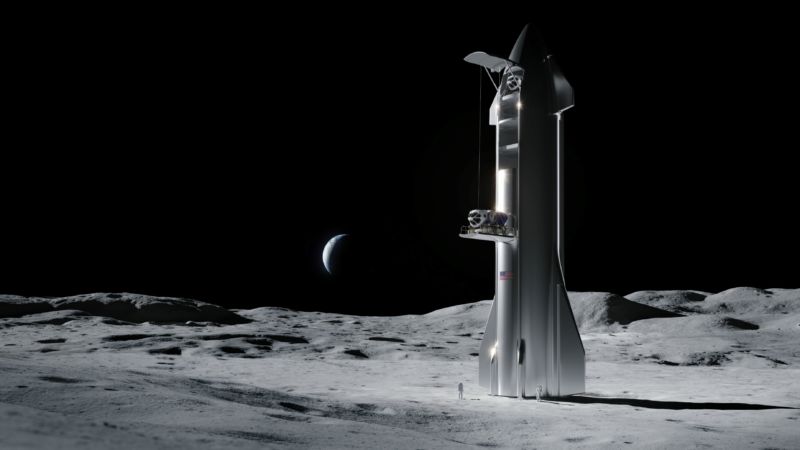
About a year ago, NASA announced it had selected nine different companies that were eligible to compete for contracts to deliver relatively small science and cargo missions to the lunar surface.
What seemed notable about this was that many of the companies selected had not done much (if any) business with NASA before. (Lockheed Martin was an exception.) NASA has since begun to award a couple of contracts for actual deliveries, but it evidently wants more bidders. So on Monday, the agency added five new companies to the pool of eligible contractors in its Commercial Lunar Payload Services program, or CLPS.
“Expanding the group of companies who are eligible to bid on sending payloads to the Moon’s surface drives innovation and reduces costs to NASA and American taxpayers," the agency's administrator, Jim Bridenstine, said in a news release.
This group contained more surprises, such as little-known, California-based Ceres Robotics, which is developing small rovers that could explore the surface of the Moon and counts Buzz Aldrin's son Andy among its advisers.
Prominent new space companies Blue Origin and SpaceX were also among those selected. Blue Origin was no surprise, as it bid its New Glenn rocket and Blue Moon lander, capable of delivering more than 3 tons to the lunar surface.
SpaceX offered NASA the use of its Starship spacecraft and Super Heavy rocket. This is a bit of overkill for what NASA seeks with its modest CLPS program, as theoretically Starship could one day deliver as much as 100 tons to the lunar surface. But it does offer SpaceX some validation that if it fully develops the ambitious Starship vehicle, NASA will be a willing customer in the future. This may, in turn, help SpaceX raise development funds from investors.
"This is a super cool program," SpaceX President Gwynne Shotwell said of CLPS in a call with reporters on Monday. "It is an avenue for us to deliver payloads to the surface of the Moon for a customer. Obviously we’re thrilled that NASA is a potential customer for us with that vehicle. CLPS is a great piece of what we want to get done with Starship." She added that SpaceX is aiming to be able to land Starship on the lunar surface by 2022.
Over the coming years, NASA will ask this pool of bidders for proposals to deliver rovers, power sources, and science experiments, including the agency’s Volatiles Investigating Polar Exploration Rover, to various locations on the Moon. The CLPS contracts have a combined maximum value of $2.6 billion through November 2028 and will be awarded based on technical feasibility, price, and schedule.
By supporting a range of new and established providers and pushing the frontier of commercial space to the Moon, NASA seems keen to support innovative US aerospace companies. By going with some not entirely proven companies, NASA's lunar program also appears to be willing to fail from time to time for the sake of advancement.
"As NASA continues to lean forward and use commercial services to explore the Moon, we want as many diverse ideas as we can on the table," said Steve Clarke, deputy associate administrator for exploration in NASA’s Science Mission Directorate, during the media call. "We are really on the precipice here of seeing the commercial services that can expand and flourish, with not just NASA as a customer."
https://arstechnica.com/science/2019/11/one-part-of-nasa-seems-serious-about-fostering-aerospace-innovation/
2019-11-19 15:56:00Z
52780440279400
Tidak ada komentar:
Posting Komentar